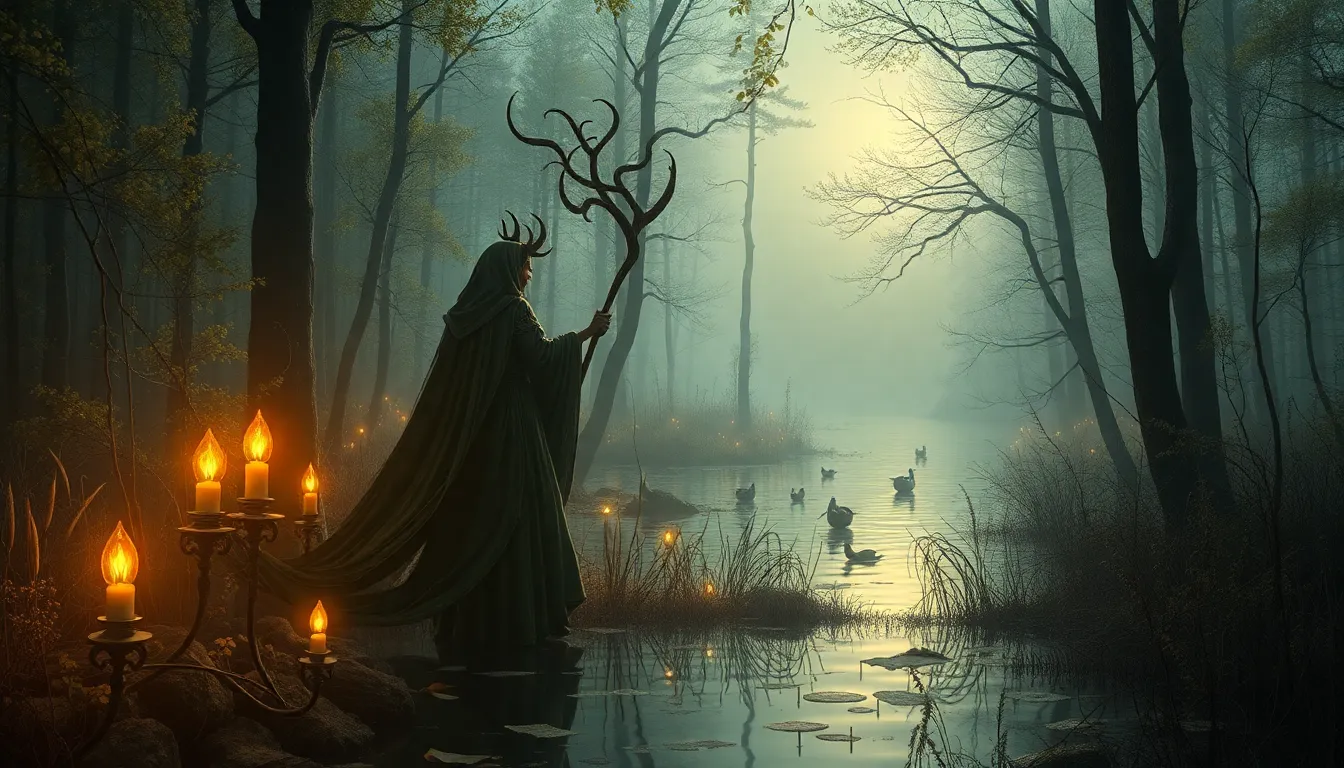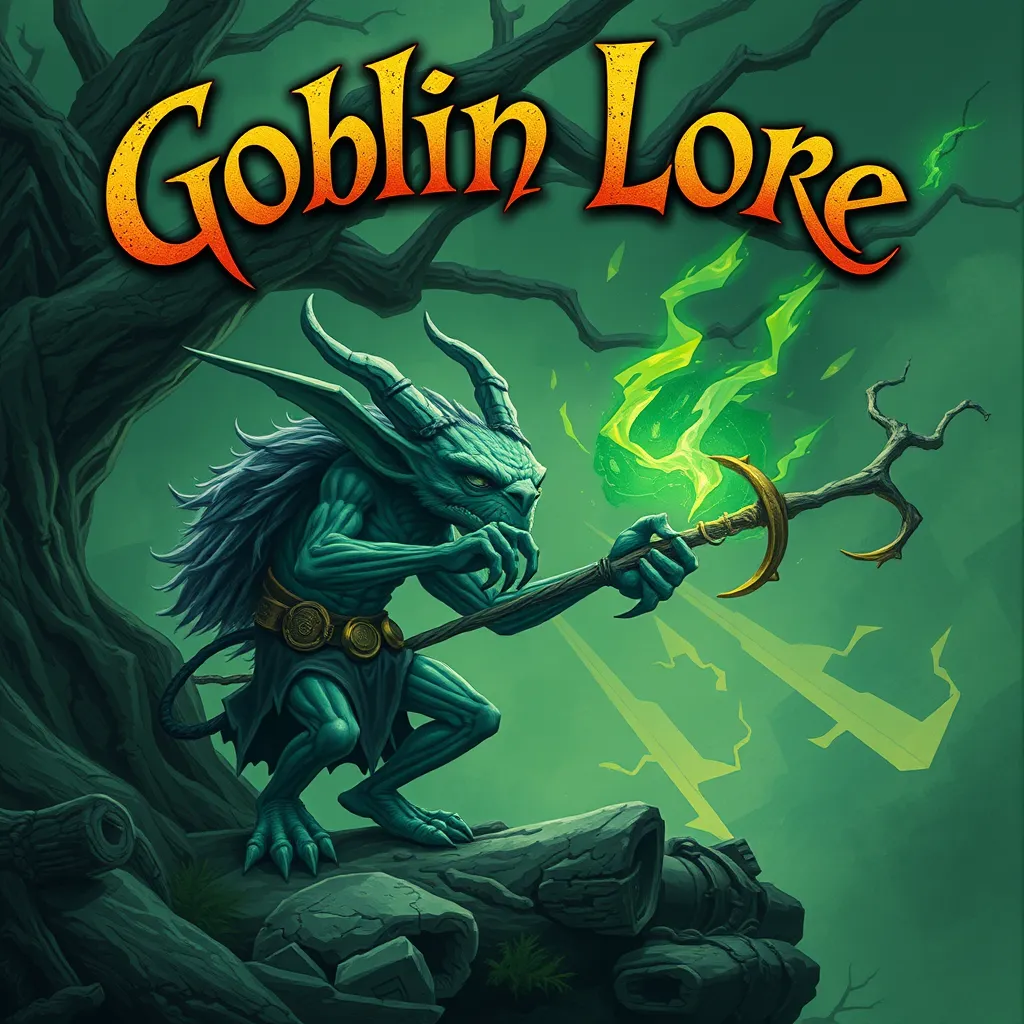The Chupacabra of Central America: A Tale of Two Cultures
I. Introduction
The Chupacabra, a mythical creature feared and revered in Latin American folklore, has captivated the imagination of many. Often depicted as a blood-sucking monster, the Chupacabra has been associated with livestock deaths, particularly goats. This legend has evolved over time, transforming into a cultural touchstone that highlights the fears and realities of the communities that tell its tale.
Understanding the Chupacabra myth requires a deep dive into its cultural context, particularly in Central America. This article aims to explore the Chupacabra myth through the lenses of two distinct cultures: Puerto Rican and Mexican. By examining the origins, cultural significance, and modern interpretations of the Chupacabra, we can uncover the nuances that make this legend a powerful symbol in both nations.
II. Origins of the Chupacabra Myth
The Chupacabra legend has its roots in the late 20th century, emerging primarily in Puerto Rico in the mid-1990s. Initial sightings were reported in rural areas, where farmers discovered livestock drained of blood, leading to widespread panic and speculation about the creature’s existence.
Public reactions varied widely, with some dismissing the reports as hoaxes or mass hysteria, while others took them seriously, resulting in increased anxiety among local farmers. The media played a crucial role in shaping the Chupacabra narrative, sensationalizing sightings and fueling public interest.
Over time, the myth has evolved, adapting to different cultural contexts and becoming a shared story that transcends borders. The Chupacabra has been reimagined in various forms, reflecting the changing fears and hopes of the communities it touches.
III. The Chupacabra in Puerto Rican Culture
In Puerto Rican folklore, the Chupacabra is often described as a small, reptilian creature with spikes or quills along its back and large, glowing eyes. Witnesses have reported its appearance as a hairless dog-like figure, evoking a sense of dread and curiosity.
Key incidents, such as the 1995 reports from the town of Canóvanas, where several goats were found dead with strange puncture wounds, sparked media frenzy and public fear. Coverage in local newspapers and television stations amplified the legend, making it a part of Puerto Rican identity.
The impact on local communities was profound. Farmers became increasingly vigilant, adopting new measures to protect their livestock. The Chupacabra myth also led to discussions about agricultural practices, environmental changes, and the socio-economic conditions affecting rural areas.
IV. The Chupacabra in Mexican Culture
In Mexico, the Chupacabra myth exhibits variations that reflect regional beliefs and folklore. While some descriptions align with those from Puerto Rico, Mexican accounts often depict the creature as larger and more monstrous, emphasizing its predatory nature.
Notable sightings in Mexico, particularly in the states of Nuevo León and Tamaulipas, have drawn significant attention. In these cases, the Chupacabra has been linked to unexplained livestock deaths, similar to Puerto Rico, but with added layers of local cultural significance.
The interpretation of the Chupacabra in Mexico differs from Puerto Rican beliefs in that it often embodies themes of social and political unrest, reflecting the anxieties surrounding issues such as drug violence and poverty. This illustrates how the myth adapts to the socio-political climate of its surroundings.
V. Symbolism and Representation
The Chupacabra serves as a powerful symbol of fear and mystery in both Puerto Rican and Mexican cultures. It represents the unknown, the primal fears of the rural populace, and the existential threats that challenge their livelihoods.
Moreover, the creature’s role extends beyond mere folklore; it addresses pressing social and economic issues. The Chupacabra myth can be viewed as a metaphor for the struggles faced by farmers in a rapidly changing world, symbolizing the fear of losing one’s livelihood to external forces.
In terms of cultural representation, the Chupacabra has found its way into various forms of art and literature. Artists and writers have used the creature to explore themes of identity, loss, and resilience, creating a rich tapestry of narratives that celebrate and critique the myth.
VI. Scientific Perspectives on the Chupacabra
From a scientific standpoint, the Chupacabra myth has been met with skepticism. Many researchers have attempted to debunk the creature’s existence, offering plausible explanations for the reported sightings. These explanations often involve known animal species, such as coyotes, dogs, or raccoons, suffering from mange, which can make them appear hairless and grotesque.
Examinations of purported Chupacabra remains have often revealed them to be misidentified animals rather than an undiscovered species. However, the allure of the Chupacabra continues to inspire scientific inquiry, prompting investigations into animal behavior, ecology, and the impact of folklore on human interpretation of natural phenomena.
VII. The Chupacabra in Popular Culture
The Chupacabra has transcended its folkloric origins to become a fixture in popular culture. Numerous television shows, films, and books feature the creature, often infusing it with a blend of horror and fascination.
- Television shows such as “The X-Files” have explored the Chupacabra myth, presenting it within the context of paranormal investigation.
- Films like “Chupacabra: Dark Seas” have contributed to the creature’s notoriety, often portraying it as a monstrous antagonist.
- Literature has also embraced the Chupacabra, with various authors incorporating it into their narratives as a symbol of fear and the unknown.
The impact of pop culture on the Chupacabra’s perception is significant, as it has transformed from a regional legend into a global phenomenon. This widespread interest has led to adaptations and reinterpretations of the story, showcasing the creature’s versatility and relevance in modern storytelling.
VIII. Conclusion
The Chupacabra remains a significant element of Central American folklore, embodying the fears, hopes, and realities of the cultures that tell its tale. Its enduring legacy reflects the complexities of cultural exchange and adaptation, illustrating how myths can evolve while retaining their core significance.
As we explore the Chupacabra across borders, we gain insight into the shared human experience of confronting the unknown. This creature, whether viewed through the lens of fear, folklore, or popular culture, continues to resonate in contemporary society, serving as a reminder of the power of storytelling in shaping our understanding of the world.



